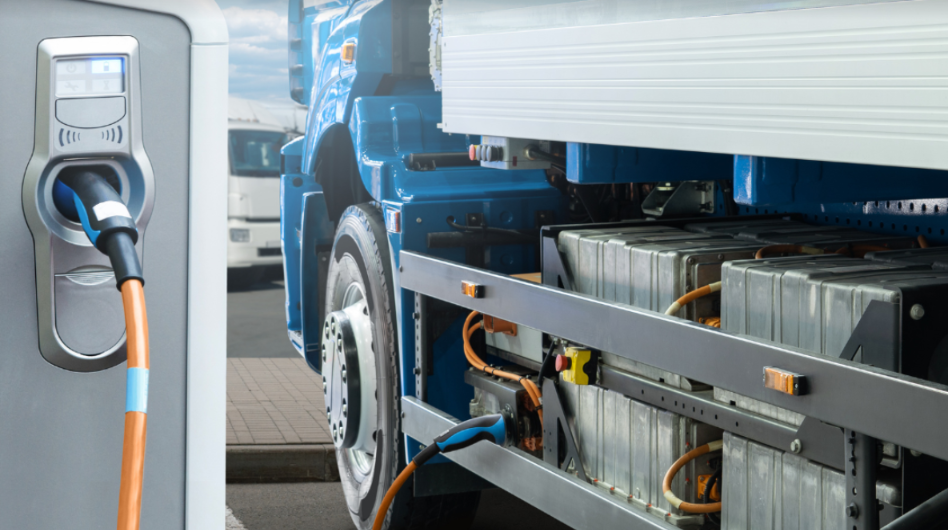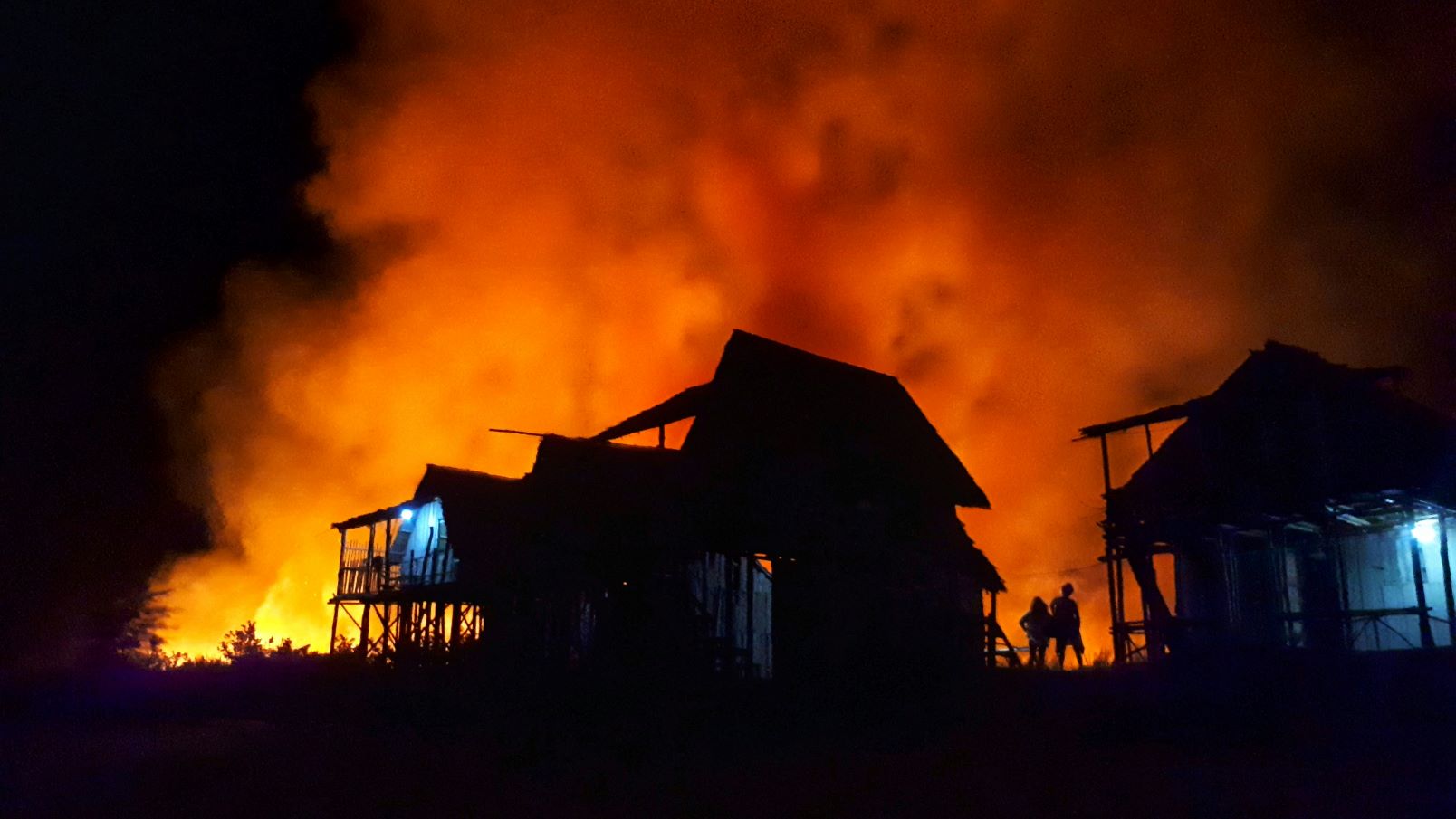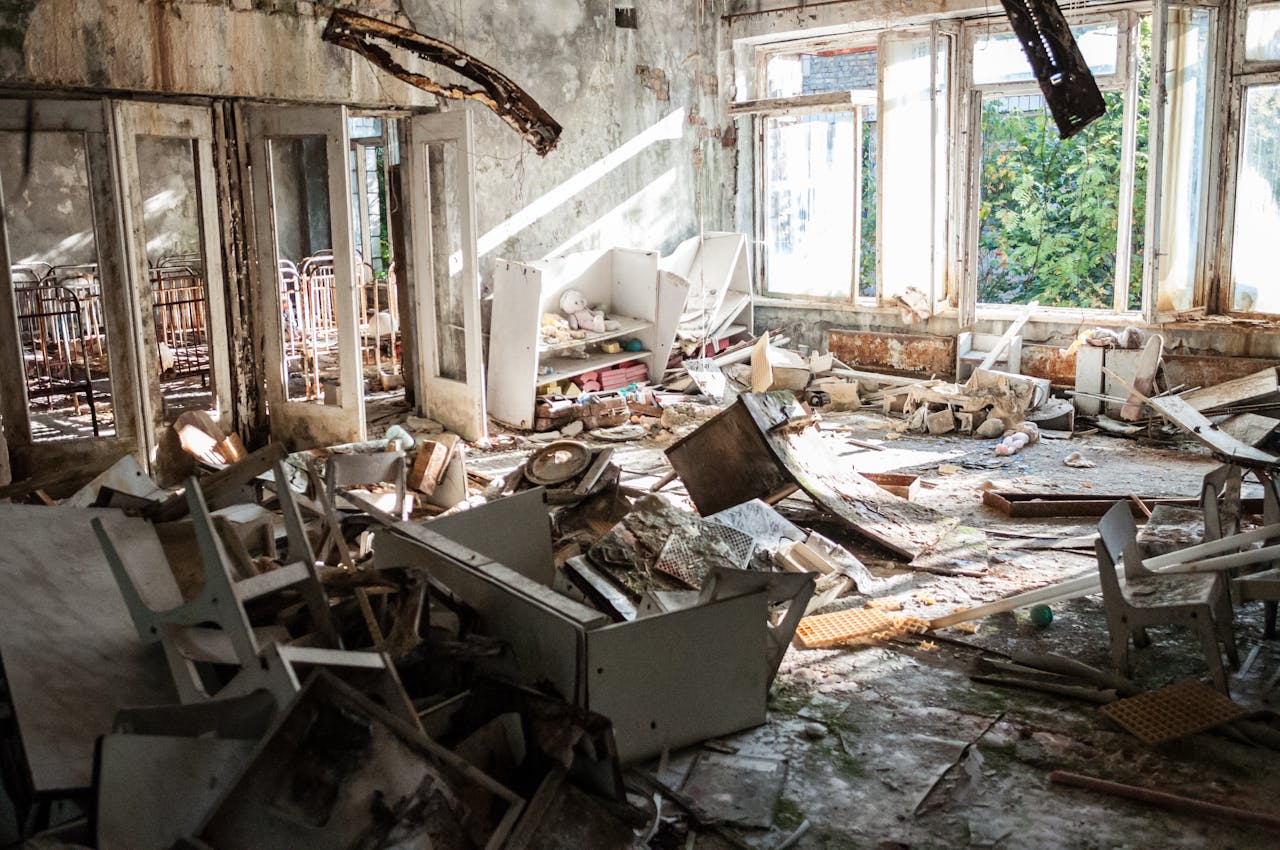CALSTART and PNWER complete the design of Washington State’s zero-emission commercial vehicle incentive program




A new initiative has been announced to accelerate the adoption of medium- and heavy-duty zero-emission vehicles in Washington State.
CALSTART and the Pacific Northwest Economic Region (PNWER)announced the completion of the voucher incentive program design strategy developed on behalf of the Washington State Legislature’s Joint Transportation Committee (JTC)
Developed in collaboration with stakeholders, policymakers and industry partners, the incentive design strategy lays the groundwork for bridging financial gaps in transitioning to a decarbonized commercial transportation network.
According to the Washington State Department of Ecology, the transportation sector is Washington’s leading greenhouse gas contributor, representing 39% of 2019 statewide emissions.
This incentive program is one of several important efforts the Washington State Legislature led to meet climate action goals.
The \ legislature’s 2023-2025 transportation budget directed the JTC to oversee the development of an incentive design and deployment strategy to provide incentives for small fleet conversions.
The JTC selected California-based clean transportation nonprofit CALSTART and its contractor team, S Curve Strategies, to lead the design of the incentive program and provide a final report to the legislature by January 2, 2024.
Building off of past commercial-vehicle decarbonization work, the PNWER Regional Infrastructure Accelerator (RIA) team was brought on as a subject-matter expert partner in August 2023 to assist CALSTART in engaging Washington industry and government leaders from across 24 sectors and informing incentive program design.
The PNWER RIA team partnered with Clean and Prosperous Washington and the Seattle Latino Metropolitan Chamber of Commerce to engage dozens of representatives from a variety of industries, including agriculture, minority-owned businesses, long-haul trucking companies and logistics agencies.
This enabled CALSTART and PNWER project teams to design an industry-oriented incentive program that acknowledges key obstacles and information gaps.
Industry feedback revealed that concerns regarding high vehicle costs, infrastructure readiness and technology performance are key barriers for fleets hoping to transition to zero-emission technologies.
Six months of in-depth research, stakeholder engagement, consultation with legislators and coordination with the project’s staff work group ultimately produced a robust point-of-sale voucher-incentive framework that is informed by best practices and addresses concerns voiced across industries.
While this incentive design strategy provides a robust framework for accelerating the adoption of MHD ZEVs in Washington, the program design team acknowledges that existing zero-emission technologies are continuing to evolve.
This work is a building block for a growing commercial market as technologies advance to serve diverse industries better. The MHD ZEV incentive program strategy was also designed to complement existing federal, state and local zero-emission financing mechanisms.
“We understand that adopting zero-emission technologies is necessary for environmental sustainability and that economic resilience is an important consideration,” Betz Mayer, PNWER RIA assistant director, said.
“This incentive program is a significant investment in supporting Washington businesses of all sizes exploring zero-emission vehicle options for their operations,” he noted.
“We’re pleased to be assisting Washington in advancing their commitment to increasing zero-emission vehicle adoption throughout the state,” said Tor Larson, CALSTART’s Vice President of trucks and Off-Road.
“Reduction of harmful pollutants produced by the transportation sector will have a direct and immediate positive impact on the health of the state’s residents and communities, as well as on Washington’s stunning environment,” he added.
The adoption of medium- and heavy-duty zero-emission vehicles is particularly important for the cement, concrete, and construction sector, noted William Larson, Chair of the Pacific Northwest Building Resilience Coalition, a longtime supporter of PNWER.
“Our member associations across the Pacific Northwest are working to lower the built environment’s carbon footprint, and the transition to zero-emission vehicles will make a substantial contribution toward achieving this goal,” he said.
The final MHD ZEV incentive program design strategy is available here.
________________________________________________
About CALSTART
A nonprofit organization with offices in New York, Michigan, Colorado, California and Europe, and with partners worldwide, CALSTART works with more than 300 member companies and agency innovators to build a prosperous, efficient, clean high-tech transportation industry. We overcome barriers to modernization and the adoption of clean vehicles. CALSTART is changing transportation for good.
About PNWER
The Pacific NorthWest Economic Region (PNWER), a statutory public/private non-profit created by Alaska, Idaho, Oregon, Montana, Washington, and the Canadian provinces of British Columbia, Alberta, Saskatchewan, the Yukon and Northwest Territories, works to increase the economic well-being and quality of life for all citizens of the region while maintaining and enhancing our natural environment.
About S Curve Strategies
S Curve Strategies develops transportation electrification strategies for states, counties, and electric utilities across the U.S. to reduce greenhouse gas emissions. The result is cleaner air for communities nationwide.
About Pacific Northwest Building Resilience Coalition
The Pacific Northwest Building Resilience Coalition represents thousands of private companies committed to improving planning, development, and the construction of homes, buildings, communities, and associated infrastructure capable of surviving, recovering from, and adapting to the growing impacts of natural disasters, climate change, and an ever-evolving urban and physical environment.
Recent Posts
Insurance Pricing: Navigating a New Era of Risk
The growing frequency and severity of climate-related disasters present a significant challenge for the insurance…
Designing for Resilience … It’s A Must
We see far too often structures built to current code that lack planning and design…
What are the Real Benefits of Designing for Resilience
While designing for resilience requires initial investments, the long-term payoffs often far outweigh these costs.…
Reducing Disaster Risks and Protecting Insurability in the Pacific Northwest
Proactive measures to enhance resilience and preparedness are critical to mitigating insurability risks. This will…
How to Achieve More Resilient Building Codes
More comprehensive disaster prevention perspectives are needed to enable communities better to withstand the increased…
Tariffs Detrimental to U.S. – Canada Relationship
The Pacific Northwest Economic Region (PNWER) has for decades recognized the critical importance of robust…


